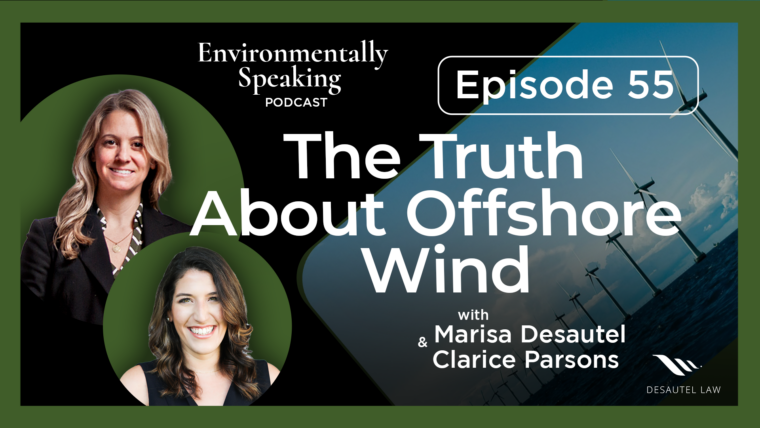The federal Clean Water Act (CWA) was first codified in 1948 and later expanded in 1972. While environmental pollution laws cover the breadth of the country’s natural resources, the CWA specifically created a statutory regime to regulate discharges of pollutants into the waters of the United States. The other main purpose of this statute is to employ water quality standards for surface waters.
The Federal Government’s Role
As one of the federal environmental pollution laws, the CWA is implemented by the federal government. The United States Environmental Protection Agency (EPA) oversees the country’s water pollution control programs. The EPA is charged with ensuring that unlawful discharges of any pollutant from a point source into navigable waters do not occur. This is not to say that lawful discharges are not allowed. Lawful discharges are those covered by the terms of a government-issued permit. Permitting programs are an essential component of almost all of the country’s environmental pollution laws.
Under the CWA, an EPA National Pollution Discharge Elimination System (NPDES) permit is required for a pollutant discharge. If you have ever heard of the phrase “point source,” it was likely in the context of the NPDES program. A “point source” is a discharge emanating from a discrete conveyance. The most common example of a discrete conveyance under the CWA is a discharge pipe. These pipes are generally owned and operated by a commercial, industrial, or municipal entity.
As you might have already guessed, the NPDES permit contains an element of monitoring. The purpose of a NPDES discharge permit is to control the type and amount of pollutants that enter waters of the U.S. For most environmental pollution laws, monitoring of some type is necessary. In the case of the CWA, demonstrating compliance means that compliance monitoring must occur.
State Delegation
In Rhode Island, compliance monitoring initiatives are delegated to state government by the EPA. Compliance monitoring, in the context of a NPDES permit, includes various methodologies. In fact, scientific techniques for most environmental pollution laws are often revised. For example, the CWA allows for compliance in the form of permittee reporting, on-site evaluation, and permittee/government collaboration.
In Rhode Island, and other states, the wastewater industry is regulated under the CWA. These overflows contained sewage and ultimately were discharged to nearby waterways, or backed up into municipal roadways or residential basements. Historical wastewater overflows led to government involvement in an effort to curtail overflow frequency, duration, and intensity. As with other environmental pollution laws, protection of human health and the environment is paramount.
Non-point Source Pollution
Non-point source pollution is less clearly regulated than point sources. When enacting the CWA, the legislature exempted certain water pollution sources. As a result, these sources are not subject to the NPDES permit program. Generally speaking, agricultural stormwater discharges are specifically exempted from permit requirements. Another exempted non-point source of pollution is stormwater runoff. Stormwater runoff is difficult to define as a discrete conveyance. Instead, it occurs as sheet flow naturally. As a result, compliance monitoring under the terms of the NPDES permit is incongruent.
Environmental pollution laws are various and complex. Staff at Desautel Law are familiar with and assist clients with these laws, on a daily basis. To learn more about how we can help you, call us today at 401.477.0023.


